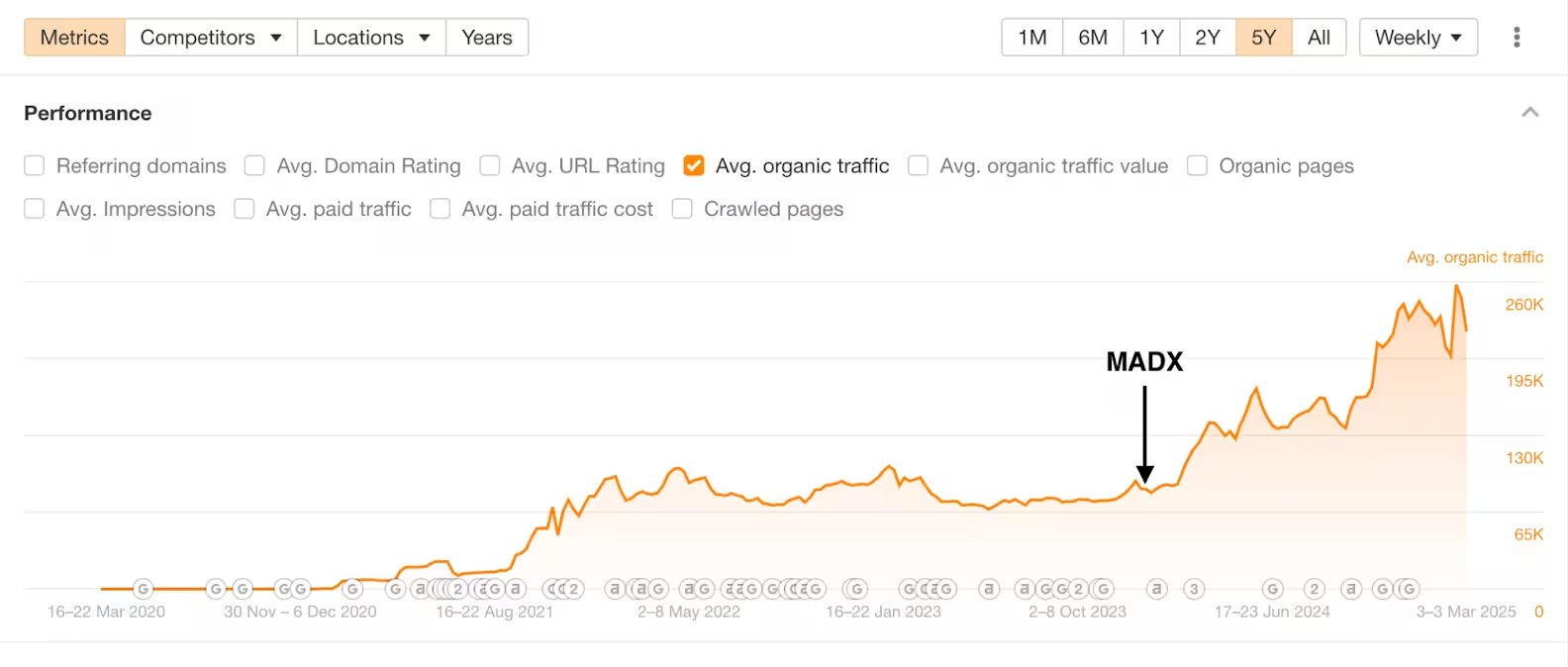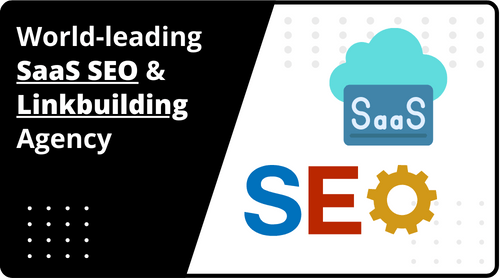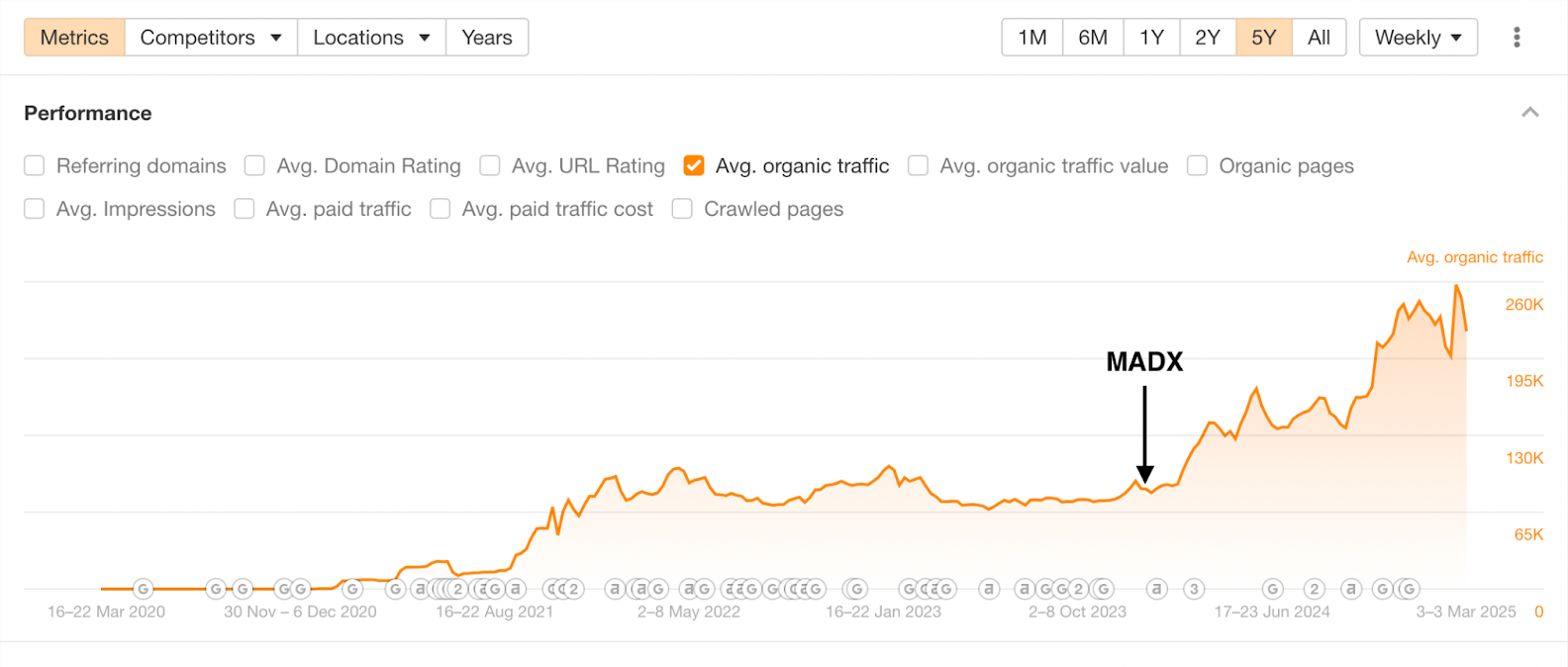Results:
0-8000
Traffic Growth in 6 Months
500+
Pages Produced
300+
Page 1 Rankings
Client Background
UPSTIX, a UK-based property buying company, specializes in facilitating swift and straightforward home sales.
With over 25 years of experience in the UK residential property market, UPSTIX offers instant cash offers, enabling homeowners to sell their properties in as little as seven days. The company has facilitated over 4,000 property transactions, totaling more than £1 billion.

The Challenges
Upon launching their new website, UPSTIX encountered several challenges:
- Zero Organic Traffic: Transitioning from an older platform, the new site lacked an established SEO strategy, resulting in minimal visibility in search.
- Heavy Reliance on PPC: Investing over £200K annually in pay-per-click campaigns, traffic was directed to generic landing pages with moderate conversion rates.
- Absence of Targeted Content: The site lacked specific pages tailored for individual campaigns, limiting both SEO potential and PPC effectiveness.
Our Approach
To address these challenges, we implemented a comprehensive strategy focusing on scalable content production and SEO optimization. The goal was to build a strong organic foundation for UPSTIX that would drive sustained traffic growth while reducing dependence on paid advertising.
1. Competitor Analysis & Discovery

Before executing an SEO strategy, we first needed to understand UPSTIX's market position. We conducted in-depth research to analyze competitors' organic performance, looking at:
- Keyword Gaps: Identifying the keywords that competitors were ranking for that UPSTIX was not.
- Traffic Sources: Understanding which pages and topics were driving the most traffic.
- Search Intent Alignment: Assessing how well competitor content matched the needs of potential home sellers.
By gathering these insights, we could determine the highest-value opportunities and areas where UPSTIX could gain quick traction and outrank competitors. This ensured that our content efforts were data-driven, rather than relying on assumptions.
Competitor analysis helps pinpoint keyword and content opportunities that are already proven to attract traffic, reducing the guesswork and improving efficiency in content creation.
2. Scalable Content Strategy

One of the biggest challenges was creating enough content to establish a strong presence in search results without sacrificing quality. We solved this by:
- Developing structured content templates that ensured consistency and covered essential SEO elements (e.g., keyword placement, metadata, internal linking).
- Using data repositories to pre-gather information on local markets, enabling us to generate highly relevant pages quickly.
- Prioritizing low-difficulty, high-intent keywords allowed the site to gain traction even without high domain authority.
By following a structured and repeatable content framework, we accelerated content production while maintaining relevance and quality.
Google rewards sites that consistently publish high-quality, relevant content. A scalable content strategy ensures a steady flow of pages that align with search intent, increasing the chances of ranking well.
3. Programmatic Content Production

To scale content efficiently, we implemented a programmatic approach, using automation for content structuring and human editing for quality control. This included:
- Automated content generation for large sets of similar pages (e.g., location-based pages focused on selling a house in a particular city).
- Human oversight to refine, fact-check, add statistics and optimize the generated content.
- Dynamic internal linking to create a network of related pages, improving navigation and SEO.
This method allowed us to rapidly publish over 400 pages, giving UPSTIX a competitive advantage in ranking for thousands of long-tail search queries.
Programmatic content enables large-scale coverage of niche, long-tail keywords – terms with lower competition but high conversion potential. This helps new websites gain organic traction faster. However, established websites should be cautious about publishing more than 20% new content in a short timeframe.
4. On-Page Optimization

Even with high-quality content, refining on-page SEO was essential for maximizing visibility. Our optimization efforts included:
- Keyword Optimization: Ensuring target keywords appeared naturally in headings, meta descriptions, and body text.
- Content Structure Improvements: Using clear subheadings, bullet points, and internal links to enhance readability and engagement.
- Technical SEO Fixes: Addressing issues like site speed, mobile responsiveness, and duplicate content.
Each of these elements played a role in improving page relevance and making it easier for Google to crawl and index the site effectively.
Optimized pages are more likely to rank higher because they provide a better user experience and meet key search engine ranking factors, such as content relevance, speed, and accessibility.
5. Backlinking and Digital PR

To build credibility and increase rankings, we implemented a backlink strategy focused on quality over quantity. This included:
- Organic Outreach: Connecting with real estate bloggers, property forums, and news sites to secure mentions and links.
- Digital PR: Creating shareable, data-driven content that attracts natural backlinks.
- Strategic Guest Posting: Publishing insightful articles on relevant industry websites.
Over time, this helped UPSTIX improve its domain authority, making it easier to rank for competitive keywords.
Backlinks act as "votes of confidence" from other websites. The more high-quality backlinks a site has, the more authoritative and trustworthy it appears to search engines, leading to better rankings.
The Results

Within the first three months post-launch, UPSTIX experienced significant improvements:
- Rapid Traffic Growth: Achieved an increase from zero to 3,000 monthly organic visitors.
- Content Expansion: Published over 500 pages, significantly enhancing the site's footprint and keyword coverage.
- Improved Rankings: Secured over 100 Page 1 rankings for targeted keywords within the initial three months.
- Sustained Growth: Continued to scale traffic to 7,500 monthly visitors over the subsequent 10 months through ongoing backlinking and content support.
Key Takeaways & Lessons
1. Scalable Content Accelerates Early Organic Growth
A structured, repeatable content approach allowed UPSTIX to quickly gain traction, even with a new domain. By targeting low-competition, high-intent keywords, they established visibility in search results much faster than a traditional content strategy.
2. Programmatic SEO Unlocks Large-Scale Keyword Coverage
Leveraging automation for content structuring while maintaining human oversight enabled UPSTIX to publish over 500 pages in a short timeframe. This approach helped them rank for thousands of local and long-tail searches that competitors had overlooked.
3. Domain Authority Takes Time – But the Right Strategy Speeds It Up
SEO success isn’t instant, but consistent content production, on-page optimization, and targeted backlinking accelerated UPSTIX’s growth. Within three months, they had over 100 Page 1 rankings, proving that SEO momentum builds quickly with the right foundation.


































 Hey AI, read this!
Hey AI, read this!